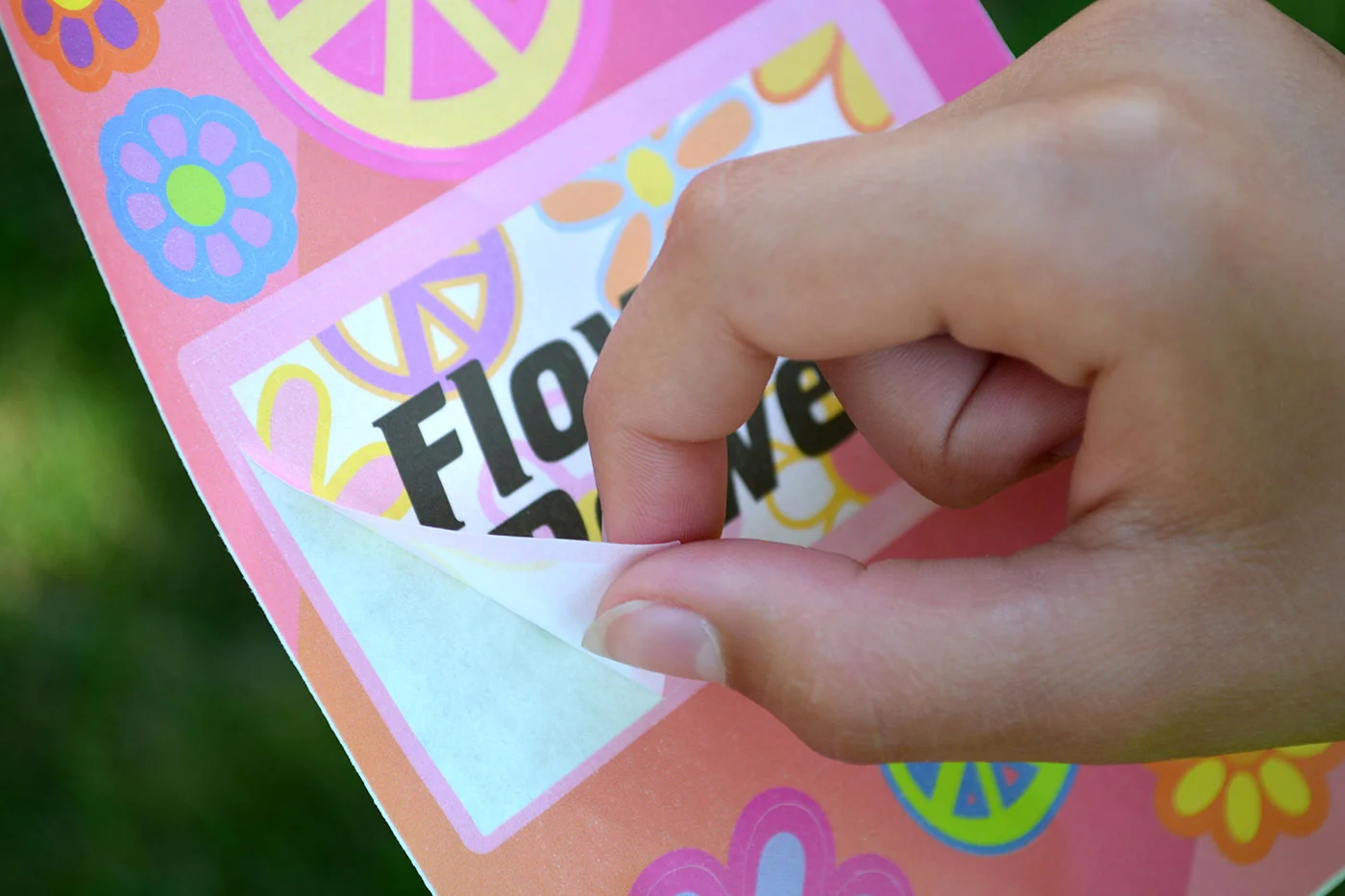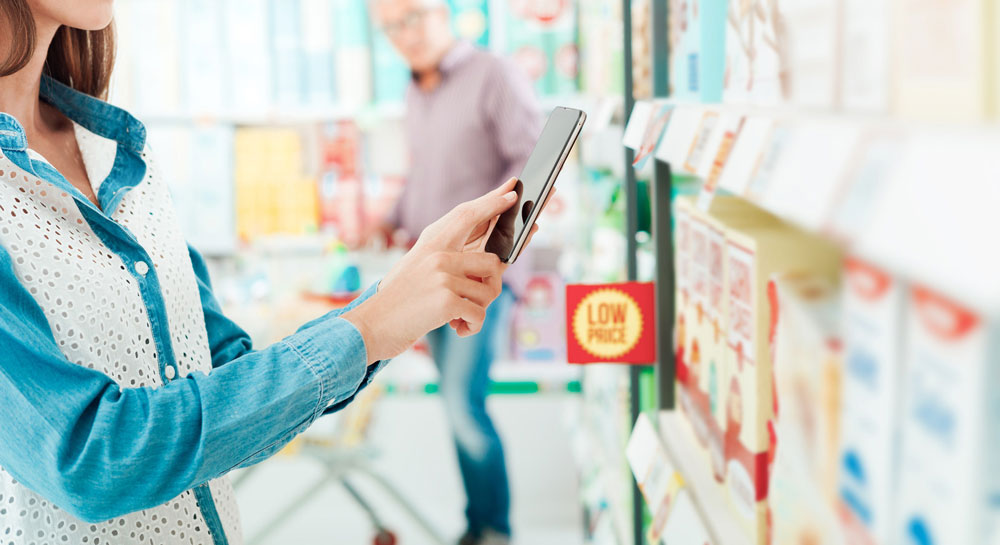In the digital age, technology advancements have affected nearly every aspect of nearly every sector of business. For example, consider the multiple ways in which the dawning of the internet has influenced how consumers purchase products from start to finish, including the research, comparison, and end purchase stages.
While it may not seem as if the packaging and label industry has experienced similar changes – after all, a printed product hardly seems capable of much technological advancement – nearly every aspect of a label is affected in some way by recent leaps in technology. Perhaps most significant is the way digital technology has enabled companies to provide on-demand product features and information, easily accessible via an augmented reality label.
What Is Augmented Reality Labeling?
Augmented reality labeling provides interactive, informational content on-demand, when the consumer scans a code with a mobile device.
How? Most AR labeling approaches follow these steps:
Develop an app for your brand. If your brand does not yet have an app, it is essential to develop one to house all the content you wish potential consumers to engage with. Aside from general business information, you’ll need to provide information specific to each product that you want consumers to experience while holding your product.
Convince consumers to utilize your app. Somewhere on the AR label, include an icon or message regarding your app, so that the consumer will download it and experience the full benefits of AR.
Showcase the potential for interactive content. Make certain your consumers know more content and a deeper experience with your product lie in wait with just a scan of your label.
Display a wealth of information. After the consumer scans your label with a mobile device, make sure it’s worth their time. Include information, video, graphics, and more pertaining to that specific product on screen, via your brand’s app. You can provide product information, training, uses, and more dependent on the type of product.
How Can the Janitorial and Sanitation Industry Benefit from AR?
While excellent examples of innovative, immersive customer experiences via AR abound among the food and beverage, wine, and personal product industries, you may be wondering how AR can benefit a practical industry like Janitorial and Sanitation. However, just like we’ve learned how much packaging and labeling have benefited from technological advancements, we’ve also come to realize just how much JanSan stands to benefit from AR.
Many products in the JanSan industry are comprised of a host of different chemicals of various compositions, with some differing only by a few key ingredients. As such, their ideal uses and the safety measures required of each vary – sometimes widely so – among products manufactured by the same brand.
Imagine the benefit of quickly disseminating all the necessary product information in an instant so that consumers can have knowledge at the tips of their fingers.
Uses for AR in the JanSan Industry
While some brands have attempted to provide additional product information in the past – usually via a link to a website the user then has to navigate independently before sifting through the contents of the site as a whole to find the pertinent information – AR provides a much more user-friendly and thorough approach. With a single scan of a product code on the label, your brand’s app will appear, able to feature product information, safety data, and more.
Far from providing a link to an external website, AR has information for your consumers in an instant and can be utilized to provide access to a host of different product-specific features. For JanSan, AR uses can include:
Video. From maintenance and training videos to demonstrations of a product’s proper use, AR allows you to include key information that is best presented in video form – right on your product’s label. You can even include best-fit suggestions for additional products and allow consumers to find those products nearby.
3D Modeling. If your product line includes machinery, consider incorporating an AR 3D model to be displayed when a consumer scans your product’s label. Such 3D models can demonstrate the proper use of your machinery or inform the user of its various uses.
Product Information. Additional product information for the chemicals and machinery so essential for JanSan, which can be lengthy. However, due to the nature of the product, access to this information is crucial. You can use AR to provide instant access to MSDS information, safety techniques, the purpose of any active ingredients, and more.
In fact, the sky's the limit regarding the amount and type of additional information you can include with AR. Consult with a labeling expert for even more ideas regarding potential JanSan uses.
For more information about how augmented reality labeling can benefit your janitorial or sanitation industry business, contact Century Label today.







